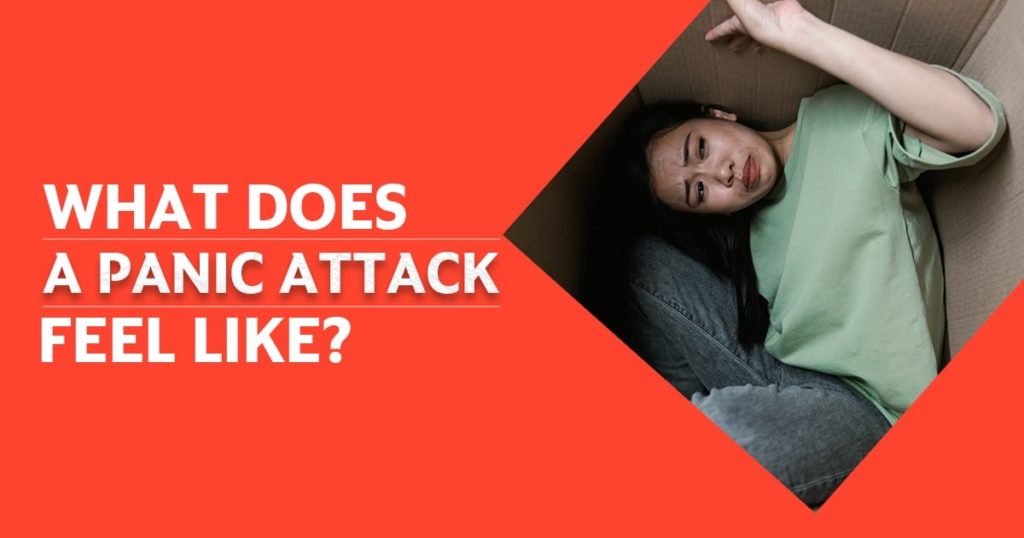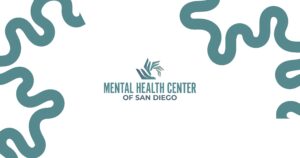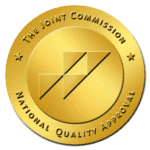What does a panic attack feel like? Maybe you’ve wondered because you think you’ve had an attack. You might have a loved one who experiences them. Either way, symptoms of a panic attack can be terrifying. These are periods of intense anxiety, but panic attacks are brief.
Experiencing panic attack symptoms can come on without any warning, and up to 35% of the population will experience them at some point in their lives.
A panic attack feels like overwhelming, intense fear. If you’re experiencing one, you might have a racing heart, nausea, and shortness of breath. An anxiety attack can feel similar, but anxiety attacks tend to come on more gradually, and you often know why you’re experiencing one. Here’s where you can find the difference between Anxiety and panic attacks.
What Are Panic Attacks?
A panic attack is a brief experience of strong anxiety and physical sensations of fear; symptoms can include:
- Extreme vigilance for danger and physical symptoms
- Irrational and anxiety-driven thinking
- A strong feeling of dread
- Feeling like you’re losing control or dying
- Being lightheaded or dizzy
- Tingling and chills, especially in your hands and arms
- Trembling, shaking, or sweating
- Hot flashes
- Rapid heartbeat
- Feelings of tightness in the chest
- Problems breathing and shortness of breath
- Abdominal pain or distress
- Nausea
- Muscle tension
- Dry mouth
- Feeling detached from the environment around you
While everyone’s experiences can vary somewhat, many people say they feel like they’re having a heart attack or going to faint during a panic attack. For some people, they feel like they’re losing control or they’re going to die.
Some people may have just one panic attack in their lifetime and never experience another one. Some people may have them fairly regularly.
While they often seem to come from nowhere, some people have triggers for attacks. Because of how physical a panic attack can feel, many people don’t know what it is when they first experience it.
Understanding the Fight-or-Flight Response
In a situation where we face the immediate prospect of danger, our brain will activate our autonomic nervous system. The activation of the autonomic nervous system then triggers a fight-or-flight response.
A fight-or-flight response floods our bodies with chemicals like adrenaline, contributing to physiological changes.
Your heart rate and breathing often spike because of the chemicals your body releases. Your blood moves to your muscles, preparing you to run away or physically fight.
Some doctors and researchers believe a panic attack can occur if this fight-or-flight response is triggered, but there’s no actual danger. You might experience a panic attack for no reason at all when you’re doing everyday activities.
A panic attack isn’t life-threatening, but it can be terrifying, and when they’re recurrent, also have a significant and negative impact on your quality of life.
While a panic attack tends to occur suddenly and without warning, symptoms usually peak within minutes. You may also feel exhausted after a panic attack ends.
What Causes Someone To Have Panic Attacks?
Researchers don’t know exactly what causes panic disorder or panic attacks but believe multiple factors, including genetics and major stress, play a role. Some people have a temperament that makes them more sensitive to stress, which can be a factor. That may also be changes in parts of your brain that impact its function.
People usually start to experience panic attack symptoms in their late teens or early adult years, and women experience them more than men.
Risk factors that could increase your risk for symptoms of panic disorder include significant life stress, a family history of panic disorder, or a traumatic event.
Complications of Untreated Panic Attacks and Panic Disorder
Panic attacks and panic disorder do have treatment options, but you can develop complications if you don’t get the treatment.
For example, untreated panic attacks can lead to the development of specific phobias, like fear of leaving home or social situations. You could begin to avoid certain situations or develop other psychiatric disorders like anxiety or depression.
People with untreated panic disorder are more at risk of a substance use disorder and financial problems.
Anxiety Attack vs. Panic Attack?
We often hear the terms anxiety and panic attack used interchangeably. The reality is that the DSM-5 doesn’t include anxiety attacks as a diagnosis, but panic attacks are in the guide. Anxiety attacks are more of a symptom of anxiety where you might feel especially overwhelmed, but they’re not the same as a panic attack.
- A panic attack tends to be highly physical due to the symptoms you experience, creating short-term but overwhelming fear.
- Anxiety often associates with known stressors rather than occurring out of the blue.
- Anxiety symptoms can build gradually while the panic has a sudden onset. Someone with a generalized anxiety disorder experiences a nearly constant low-level sense of anxiety affecting their daily life.
- People with anxiety disorders may have a hard time at home, school, or regularly work, even when not facing any directly stressful situations.
- There are subtypes of anxiety disorders like separation anxiety disorder, post-traumatic stress disorder, and social anxiety disorder. A panic disorder is also sometimes considered a type of anxiety disorder.
Treatment for Panic Disorder
While there are differences in an anxiety attack versus a panic attack, treatment options for both can be similar to one another. Treatment can be highly effective, particularly the sooner you get it.
Treatments for panic attacks and panic disorder as well as anxiety disorder can include:
- Cognitive-behavioral therapy (CBT): CBT is a way to help you reframe your perspective and see things differently to make positive changes in your behavior. CBT is also an excellent way to manage triggers and develop healthy coping mechanisms.
- Exposure therapy: This is often used for panic attacks and panic disorders, and when you work with someone qualified and well-trained, it’s beneficial. You participate in controlled exposure to situations that trigger your anxiety and fear with exposure therapy. You can then learn how to confront those situations.
- Relaxation techniques: If you’re in a situation where you feel an impending panic attack, relaxation techniques like breathing, progressive relaxation, and biofeedback are options you can use.
Medications can be part of a treatment plan for panic attacks and anxiety disorders. One of the most common medicines used are antidepressants like selective serotonin reuptake inhibitors (SSRIs). Beta-blockers as an anti-anxiety medication can help with physical symptoms like a rapid heart rate.
There are also benzodiazepines like Xanax, which help with symptoms rapidly and have a sedative effect. Benzodiazepines have abuse potential, so they’re only short-term treatments, whereas antidepressants and beta-blockers can be okay for long-term use.
Diagnosing Panic Disorder
Not everyone who has panic attacks meets the criteria for a diagnosis of a panic disorder.
For a diagnosis of panic disorder, you must have frequent, unexpected panic attacks. Other criteria for diagnosis include:
- At least one of your panic attacks is followed by a month or more of persistent feelings of fear about future attacks or continued extreme fear of the consequences of other full-blown panic attacks. You might also experience significant changes in your behavior as a result, such as avoiding situations because you fear having another.
- Your panic attacks aren’t caused by drugs or other substances, a mental health condition, or another mental health condition like obsessive-compulsive disorder.
If you don’t have a diagnosable panic disorder but you experience panic attacks, treatment is still available and beneficial. Please contact us to learn more because when panic attacks aren’t treated, they can become a panic disorder or phobias. By calling (858) 258-9883, you can talk to a qualified provider from the Mental Health Center of San Diego team to work with you to create a plan of treatment for panic attacks that improves your everyday life and reduces symptoms of panic attacks.
















